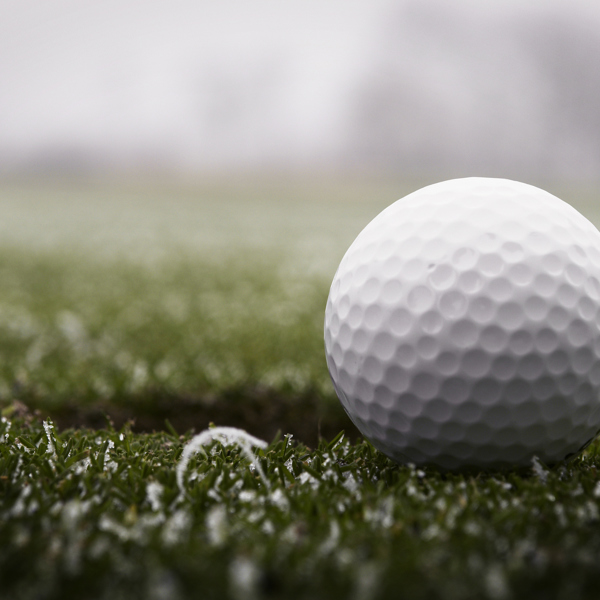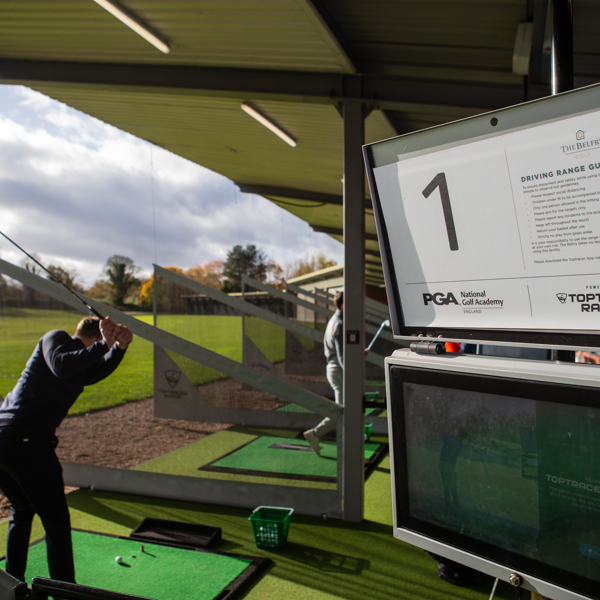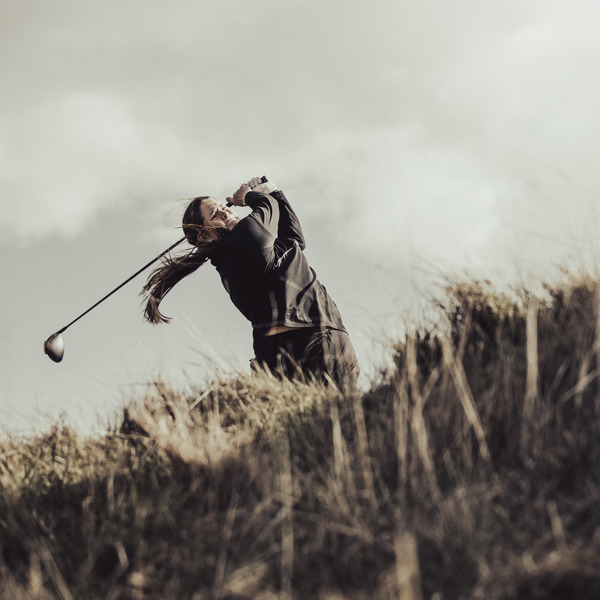PGA Fellow Coach Alex Buckner on how to make advances around the greens in the coming months.
The winter is a good opportunity to control your controllables. So, if you can split up the environments of a controlled environment and a variable environment, then you can still make some improvements despite the weather.
An example of a variable environment would be the forever changing conditions of the lie and reaction of the green. Whereas a controlled environment is very much a repeatable lie such as a flat mat. You can concentrate on how straight you fly it, how high are you flying it and where do you land it vs how are you adapting yourself to the environment to gain a good proximity to the hole.
These are all things that you don’t need a green complex to do. So, if you can control your controllables throughout the winter period, then you can get a little bit more adaptational and more externally focussed on how the ball is going to get to the hole. It would be like working on your putting stroke on a mat throughout the winter period and then focusing on breaking putts and pace once the greens get better.
If you are going to hit it into the net, try and see if you can fly it low, medium and high and getting the ball to hit different windows. You could draw a line on the net and it might be a case of making sure it hits that line rather than pushing or pulling it. If you are on a green, make sure you control where your land spots are. Put some tees down on the green and look to landing it on the tees and just control how far you are landing the ball. Stuff like that is perfect for winter.
What does a mat tell us?
A lot of us will be chipping off a mat this winter. The thing with a mat is you can get away with the strike. The thing that people ignore is how loud the sound on the mat is. A good tip is to make the sound on the mat as light as you possibly can, without thinning it. If you hit it very heavy, it will be very, very loud and the chances are that your divot will be huge. So, if you are practising on a mat, you want to make the sound as light as you possibly can. That is a great way of brushing up on your technique. The ball will fly well regardless because of the forgiveness of the mat so it's not really the flight that you want to be looking for, it is the sound and vibration in your arms as your feedback loop.
Over the winter you want to make sure how repeatable you can get when actually hitting a ball. What I mean by that is strike location, your dynamic loft, your angle of attack, where the ball starts so possibly your face angle and your path, from the direction point of view and your lie angle. What you are trying to look for is a consistent launch angle, a consistent spin and a consistent direction.
If you are continuously launching your lob wedge the same and it continuously spins the same and it is continuously starting straight, then you are continuously delivering the club the same way each time.
And those are the things that create those three things. So, for example, if you are continuously launching your lob wedge the same and it continuously spins the same and it is continuously starting straight, then you are continuously delivering the club the same way each time. If that isn’t happening, the trouble is that when you start to work on distance control, it’s going to be difficult to predict how far the ball will travel. If you don’t deliver the club consistently, the ball is going to come out at a different flight and yardage regardless of your swing speed. That one is overlooked a little bit. First of all deliver the club the same way, and deliver the same launch conditions, and if you can do that then you can move on to clubhead speed.
Once you have got that, dialling in your clubhead speed it is very much just an understanding of how to hit it harder or softer. And I think a lot of people look at swing lengths, which is fine, but they forget the fact that there is speed involved in the length, such as your tempo. So you want to make sure that your tempo and your length very much match in that sense. If you’re not a length type of person, you can go through a gears system instead, so you can swing to the same place and swing it at three different tempos, or you can keep the same tempo and swing it at three different places regarding your backswing and your follow through. It is not a one size fits all.
Putting and pitching are very, very similar. You effectively deliver the putter with the same strike location with the same degree of loft with the same launch angle with the same direction. And you change either the pace of the stroke or the length of the stroke in order to change distance. But if you keep on changing both, or changing the delivery of the clubhead, your pace control is going to be awful. It is exactly the same. So just think about how would you dial in your pace control with your putting and, if you just link that across to pitching, you are halfway there.
How many clubs should you work on?
Finally, you have to have a restriction on the number of clubs that you are practising around the greens. Unfortunately, if you try and get good with every single club in your bag, with every single flight window, landing either all the way or just in front of you, with every club, that is too much to get good at. I’m an advocate of making restrictions within your choice. Seve Ballesteros would change the club, however he wouldn’t change his land spot. It would always be landing just on the green so his restriction was his land spot.
Now if you were to look at Shane Lowry, he uses only one club, his restriction is the club. He will land that thing at the hole, he will land it short, he will change his flight all the time. But he won't change the club. Then you might have someone who changes the land spot and changes club, however he only hits it mid height. He never hits one low, he never hits one high, he will just change the club in that sense and then change his land spots. You just has to have a restriction of some kind, within whatever strategy you have. The restrictions are effectively your club choice, the flights you are playing and how far you land them. And if you have too many options, you might get shot fog (too many options with no clarity in what shot to play).
About Alex Buckner
Alex became the youngest Member of the Association to achieve PGA Fellow status at the age of 26 in 2023. He works with players of all ages and ability at Bearwood Lakes while also coaching numerous DP World Tour, Ladies European Tour and Challenge Tour players.










